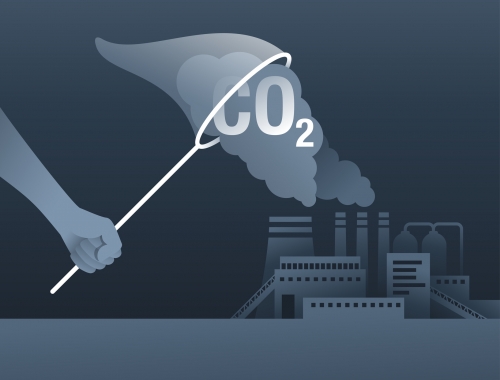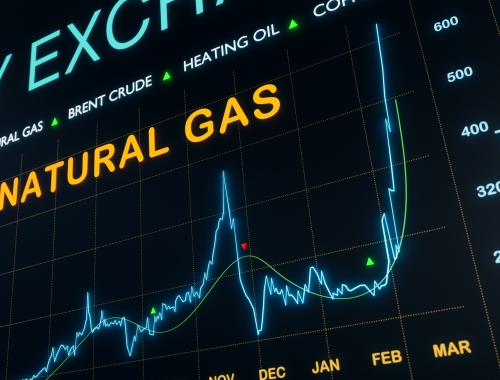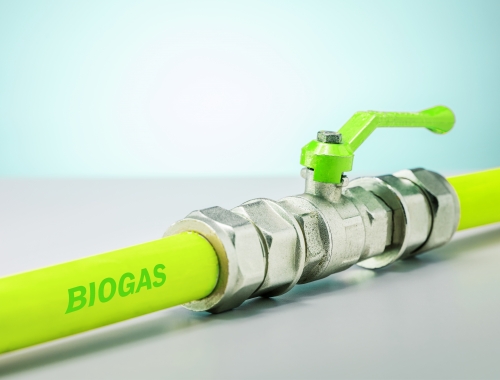Indian Gas Exchange sees continued rise in traded volumes in 2024: interview
SUMMARY
In 2023, IGX reported a 16% year/year growth in the total volumes of gas traded on the platform.
By Shardul SharmaPOSTED IN:
Indian Gas Exchange (IGX) was established three years ago and currently facilitates delivery-based trades across six different contract types, including day-ahead, daily, weekday, weekly, fortnightly, and monthly contracts, allowing trades to be executed for up to six consecutive months.
In 2023, IGX reported a 16% year/year growth in the total volumes of gas traded on the platform. Rajesh Kumar Mediratta, the CEO of IGX, expects a continued upward trajectory of trading volumes in 2024. He attributes this positive outlook to the influence of softer gas prices, creating a conducive environment for increased demand.
In addition to market dynamics, IGX is set to further stimulate trading activities by introducing new products. The exchange's move to launch LNG contracts is expected to provide fresh avenues for market participants.
In an interview with Gas Pathways, Mediratta shed light on these developments and shared insights into IGX's vision for the future.
Rajesh Kumar Mediratta, the CEO of IGX
In terms of gas volumes, how was the year 2023 compared to 2022?
In terms of gas volumes, the year 2023 saw a 16% increase compared to 2022. Throughout 2023, a total of 48.5 million mmBtu or 1.2bn m3/3.3mn m3/day of gas was traded on the Indian Gas Exchange (IGX), reflecting an increase. Also, a total of 1,424 trades were executed during the year, maximum number of trades executed in daily contract followed by monthly, weekly and fortnightly contracts. Heartening to add that trades occurred on all delivery points, though domestic gas volumes occurred mostly at Gadmoga (KG Basin) and regasified LNG trades occurred mostly at Dahej. Notably, since its inception three years ago, IGX has facilitated the trading of over 90mn mmBtu / 2.25bn m3 in gas volume.
What kind of growth in volumes do you expect in 2024? What will drive this growth?
IGX expects a rise in trading volumes in coming year, as correction in gas prices is expected which will lead to increase in gas demand and expiry of several long-term contracts creates an opportunity. In addition to that, IGX also plans to introduce new products, including small-scale LNG contracts (LNG by truck) and long duration contracts. These products are awaiting approval from the Petroleum and Natural Gas Regulatory Board (PNGRB).
IGX is planning to launch LNG contracts. How is the progress on that and what will be the delivery point for LNG?
IGX has made significant strides in its plans to introduce LNG contracts, demonstrating proactive efforts to diversify its offerings. The company have already submitted a formal application to the PNGRB, seeking regulatory approval to initiate small-scale LNG trading on its exchange platform. This move is in line with IGX's vision to expand its services and cater to a broader market.
IGX intends to kickstart LNG trading at selected terminals, including Dahej, Dabhol, Hazira, Kochi, and Ennore. This expansion initiative aims to boost the volume of LNG transported by road from the current 0.7mn m3/day to an ambitious 5mn m3/day within the next five years. Notably, the focus is on areas currently underserved by the national gas grid, aligning with IGX's commitment to enhancing accessibility and promoting widespread usage of LNG.
Further, IGX has applied for approval of a new delivery point, the Dhamra LNG terminal, strategically positioned in the eastern region. This move underscores IGX's commitment to provide services related all gas/LNG requirement at diverse locations, ensuring a well-rounded geographical coverage.
Incorporating suggestions from key players across the LNG market, including suppliers, transporters, and buyers, IGX has designed trading contracts for this segment. The proposal, seeking regulatory approval, has been submitted to the Petroleum and Natural Gas Regulatory Board (PNGRB). Once approved, IGX will launch this new segment on its platform.
IGX has recently signed an index sharing agreement with S&P Platts. How will this benefit the exchange?
We aim to empower market participants in India with greater flexibility by offering long duration contracts (LDCs) spanning three months to one year, enabling them to secure natural gas supplies as per their needs. Our recent collaboration with S&P Global Commodity Insights involves integrating S&P Global’s Platts benchmarks, such as the Platts Japan Korea Marker (JKM), Platts West India Marker (WIM), and Platts Dated Brent, into our upcoming LDCs. By incorporating these benchmarks, we aim to offer diversified contract options to our trading participants. So now, our buyers would have the option to choose between fixed-price terms or prices linked to international Platts benchmarks. This flexibility would facilitate effective commodity and price risk management that would significantly improve market liquidity and create a thriving gas economy in India.
How does IGX see the Indian gas market growth in the next few years?
IGX anticipates a positive trajectory in the Indian gas market in the upcoming years. India's gas demand is poised for a significant surge, fuelled by a rapidly expanding infrastructure. Over 22,000 km of gas pipelines are already operational, with an additional 12,000 km under construction and nearing completion. This network is further bolstered by India's robust LNG terminal capacity of 48mn tonnes/year, with an ambitious expansion plan adding another 75mn tonnes/year in the near future.
Additionally, the award of over 300 city gas distribution (CGD) geographical areas following the 11th bidding round promises to play a crucial role in driving gas demand across the country. Very recently, the government has launched campaign to increase use of natural gas ‘Har Ghar PNG’ and ‘Gaon Gaon Shahar Shahar PNG’ and ‘Aage badein, PNG Chuney’. In addition to that green/brown filed expansion of refineries and increase in power demand in country will also contribute to increase share of natural gas in India’s energy mix.
Power sector is going to consume significantly higher gas to support increased power demand. With 14% of gas used in gas power plants, which allows plants to operate only 15-20% capacity utilisation of 25GW capacity. This capacity utilisation expected to increase to 40-50% in 2024.

_f482x411_1707304751.JPG)







